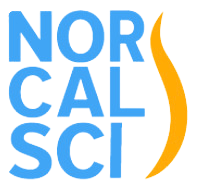Sensing signals in paralyzed muscles after a spinal cord injury
For quadriplegics, regaining independence is a top priority. Although there is no cure for paralysis caused by neurological disorders, robotic arms and exoskeletons may provide some assistance. Controlling these robotic devices, however, is a complex problem. Doug Weber, a professor in the Department of Mechanical Engineering and the Neuroscience Institute at Carnegie Mellon University, partnered with an international team of researchers to explore the possibility of using myoelectric signals—the electrical pulses associated with muscle contraction—to predict intended hand gestures in a person with tetraplegia. Though his work is at a very early stage, you can learn more about the approach HERE.

